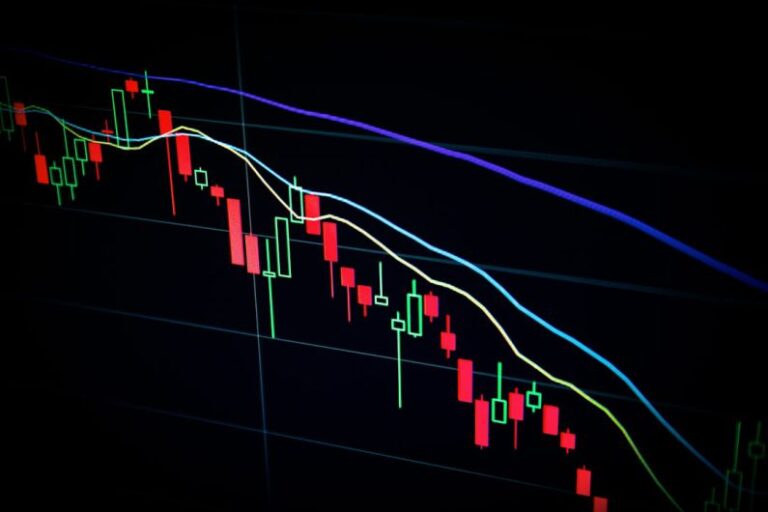Building a Flexible Supply Chain for Uncertain Times
In today’s fast-paced and ever-changing business landscape, the need for a flexible supply chain has never been more critical. With the rise of global uncertainties such as natural disasters, trade wars, and now the ongoing COVID-19 pandemic, companies are realizing the importance of having a supply chain that can quickly adapt to unforeseen circumstances. Building a flexible supply chain is not only about mitigating risks but also about gaining a competitive edge in the market. In this article, we will explore the key strategies for building a resilient and adaptable supply chain to navigate through uncertain times.
Understanding the Need for Flexibility
The traditional linear supply chain model, where goods move in a sequential manner from suppliers to manufacturers to distributors and finally to customers, is no longer sufficient in today’s volatile environment. A rigid supply chain structure leaves companies vulnerable to disruptions, leading to delays, increased costs, and ultimately, dissatisfied customers. To thrive in uncertain times, organizations must embrace the concept of flexibility in their supply chain operations.
Embracing Digitalization and Technology
One of the crucial steps in building a flexible supply chain is leveraging digitalization and technology. Investing in advanced technologies such as artificial intelligence, machine learning, and predictive analytics can provide real-time visibility into the entire supply chain network. These tools enable companies to anticipate potential disruptions, identify bottlenecks, and optimize inventory levels. By digitizing their supply chain processes, organizations can enhance agility and responsiveness, enabling them to quickly adjust to changing market dynamics.
Collaborating with Partners
Collaboration is key to building a flexible supply chain. Establishing strong relationships with suppliers, manufacturers, distributors, and logistics partners is essential for creating a resilient network that can withstand uncertainties. By working closely with partners, companies can share information, align strategies, and develop contingency plans to mitigate risks. Collaboration also fosters innovation and continuous improvement, allowing organizations to adapt quickly to market changes and customer demands.
Implementing Multi Sourcing Strategies
Relying on a single source of supply leaves companies vulnerable to disruptions. Implementing multi-sourcing strategies by diversifying suppliers and manufacturing locations can help mitigate risks and ensure a stable supply chain. By spreading sourcing across different regions and suppliers, organizations can reduce dependency on a single source and minimize the impact of unforeseen events such as natural disasters or political instability. Multi-sourcing also provides companies with more negotiating power and flexibility in managing costs and lead times.
Adopting Lean Inventory Management
Maintaining excess inventory can tie up valuable resources and increase carrying costs. On the other hand, having too little inventory can lead to stockouts and missed opportunities. Adopting lean inventory management practices can help strike a balance between supply and demand. By implementing just-in-time inventory systems, companies can reduce excess inventory levels, minimize waste, and improve cash flow. Lean inventory management enables organizations to respond quickly to changes in customer demand while optimizing their supply chain efficiency.
Renaming and Making a Different Subtitle
Navigating Uncertainty: The Path to a Resilient Supply Chain
In conclusion, building a flexible supply chain is essential for organizations looking to thrive in uncertain times. By embracing digitalization, collaborating with partners, implementing multi-sourcing strategies, and adopting lean inventory management practices, companies can create a resilient and adaptable supply chain network. In today’s dynamic business environment, the ability to quickly respond to disruptions and uncertainties can be a significant competitive advantage. By investing in flexibility and agility, organizations can future-proof their supply chains and position themselves for long-term success.





